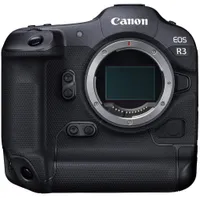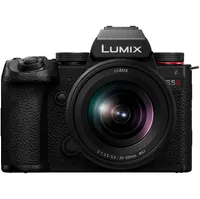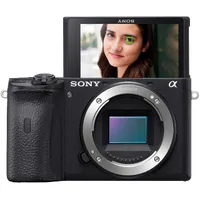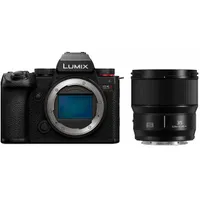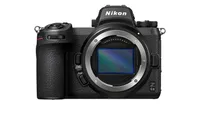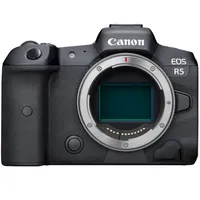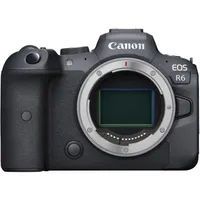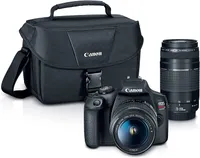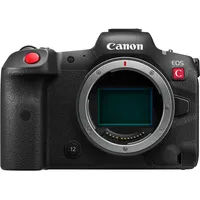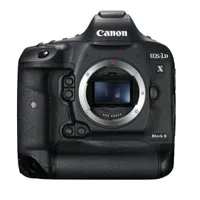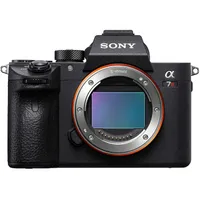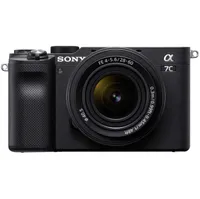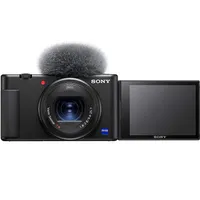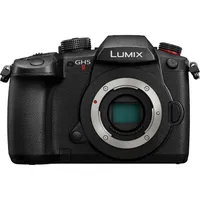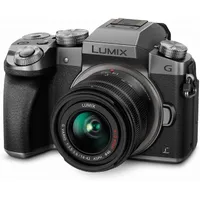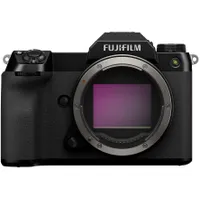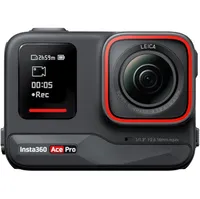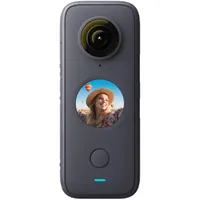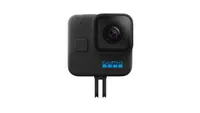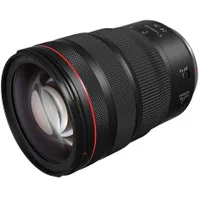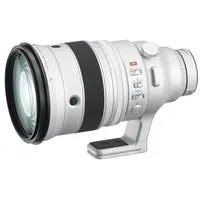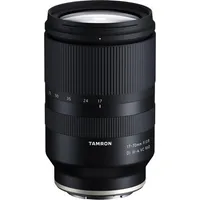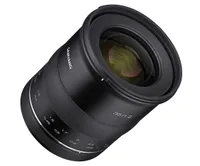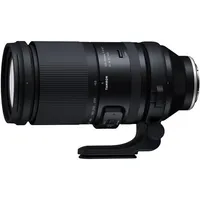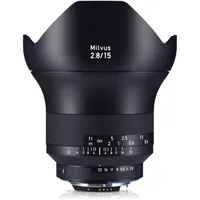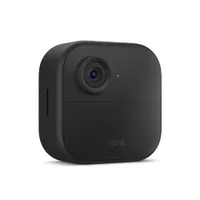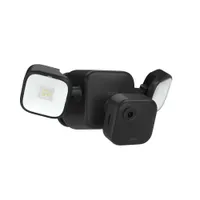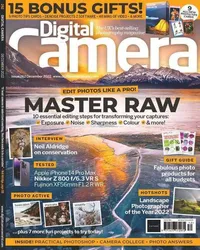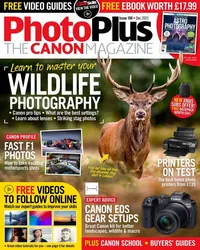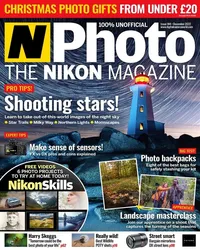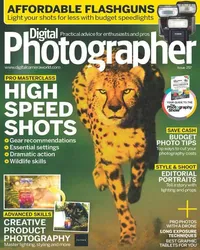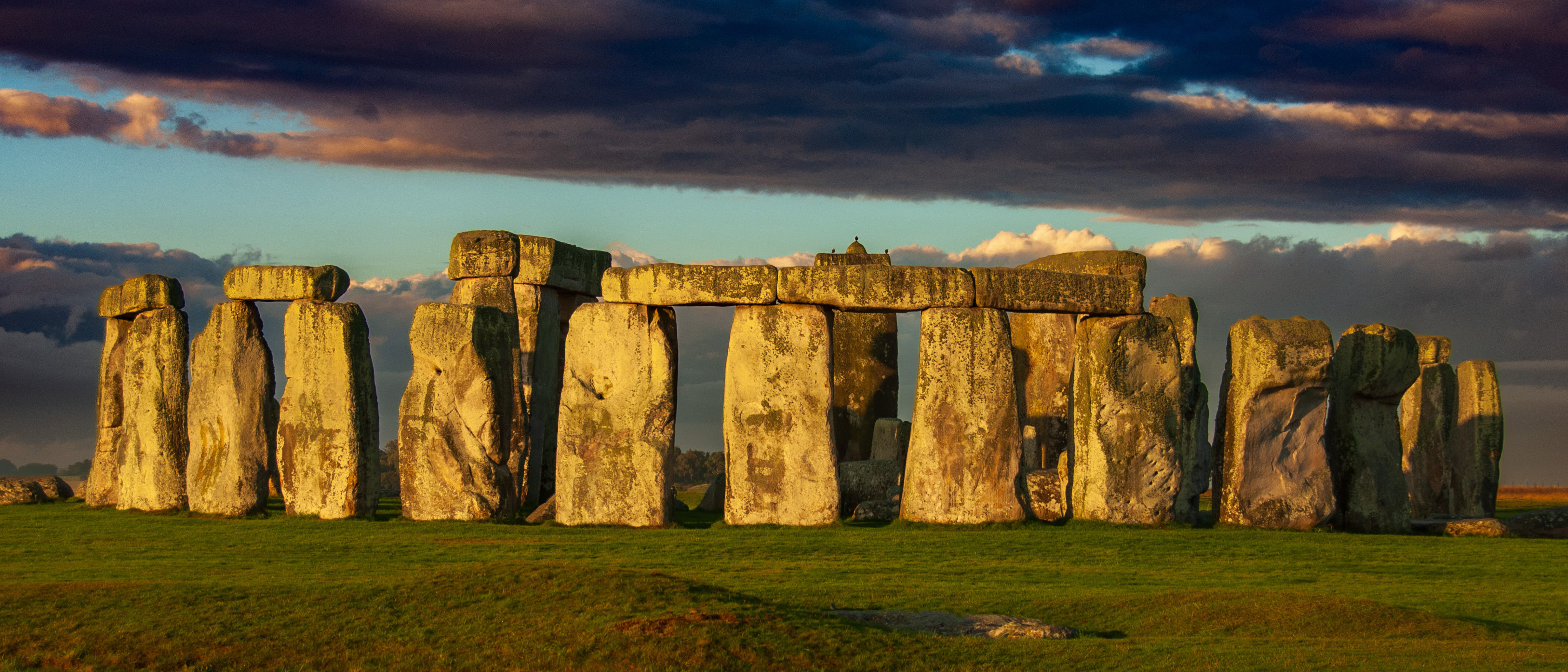Best camera deals in the USA
These are the best camera deals in the US – and there are some fantastic bargains to be had!
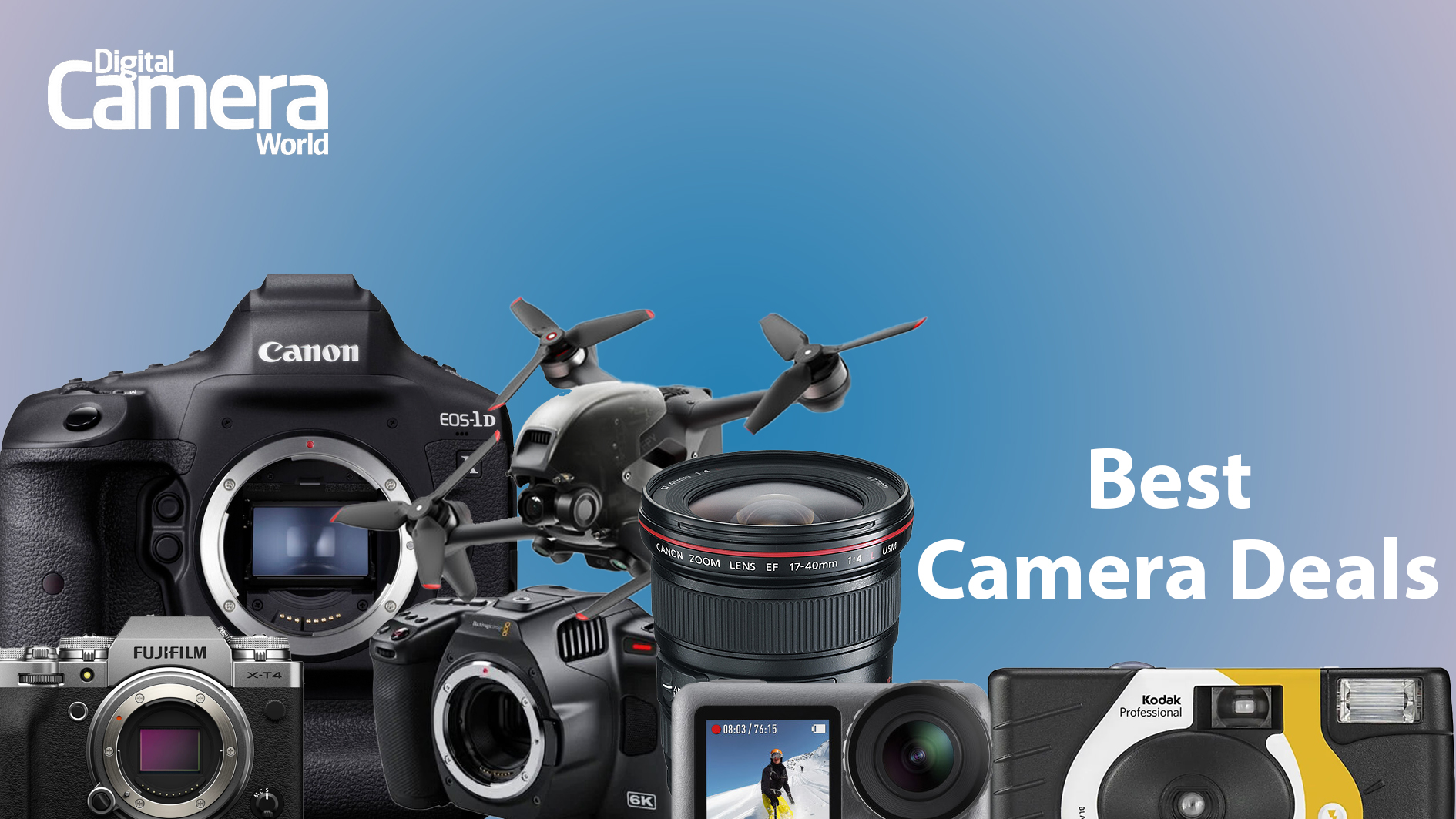
If you're looking for the best camera deals across the internet, we are constantly searching the world wide web for the best savings possible. Many of the main retailers offer great discounts and some are releasing daily deals, so check back here regularly for the best prices!
Whether you want to upgrade to one of the best mirrorless cameras, invest in a brand new camera phone or you're looking for a shiny new telephoto lens, we'll be rounding up the best camera deals here to help you find the best products.
These best deals are not just on cameras, though – lenses, lighting, drones, bags, laptops, camera phones, printers, tripods, telescopes, binoculars, webcam, and storage are included too – meaning these camera deals have something for everyone, and for all budgets.
Our top deal picks:
Why you can trust Digital Camera World
Top retailers
Top US retailers:
Amazon: Cheap prices on camera gear
Adorama: Big discounts on cameras and tech
Apple: Save on your new iPhone or iPad
Walmart: DSLR, Mirrorless & action cameras
B&H Photo Video: Deals on camera brands
Best Buy: Save on TVs, laptops, appliances
Canon USA: Buy direct to save money
Dell: Discounts on laptops and PCs
GoPro: Early deals on Hero 12 Black
HP: Save on laptops, desktops, monitors
Lenovo: Huge savings on laptops
Microsoft Store: Get powerful PCs & laptops
Mixbook: Cheap photo books & calendars
Samsung: Hard drives, SD cards, and more
Best camera deals
Read moreRead less▼
Canon EOS R3|was $5,999|now $4,499
SAVE $500 at Amazon. Upgrade your pro setup with the latest flagship from Canon offering 24MP at a blistering 30fps, while also offering 6K60p RAW video.
Read moreRead less▼
Panasonic Lumix S5II + 20-60mm|was $2,299.99|now $1,997.99
SAVE $301.91 at Amazon. If you're looking for a ready-to-shoot setup then the Lumix S5II with this 20-60mm f/3.5-5.6 lens is the perfect starting place to begin your mirrorless camera adventure. With 24MP still and 10-bit 4:2:2 4K video - there is a lot to love!
Read moreRead less▼
Sony a6600 (body only|was $1,398|now $998
SAVE $400 The Sony a6600 is one of the best crop-sensor hybrid cameras out there, benefitting from the same processor as the Sony A9 II which unleashes excellent high-speed 24MP stills and autofocus performance. The a6600 also offers class-leading battery life and is under $1,000 for the first time!
Read moreRead less▼
Panasonic Lumix S5II + 35mm f/1.8|was $2,395.98|now $1,997.98
SAVE $398 at Amazon. If you love primes and want to upgrade to the latest flagship from Lumix then this S5II bundled with the amazing 35mm f/1.8 is hard to beat!
Read moreRead less▼
Nikon Z6 II | was $1,996.95 | now $1,596.95
Save $400 With a 24.5MP sensor that can shoot 14fps stills and 4K 60p video (with the first firmware update), along with dual memory card slots, this is an all-purpose performer.
Read moreRead less▼
Canon EOS R5|$3,899|$2,999
SAVE $900 at Amazon The latest high-megapixel mirrorless from Canon offers you a massive 45-megapixel sensor with 8K/30fps RAW, and 4K/120fps 10-bit internal video - this is a camera built for professional content creators who seek the very latest in stills or video technology.
Read moreRead less▼
Canon EOS R6|$2,299|$1,799
SAVE $500 at B&H If you want the latest mirrorless tech that offers you a 20MP sensor, 4K/60FPS, and 1080p at 120fps for slow-motion. This is the perfect balance between price to performance in the Canon R-series.
Read moreRead less▼
Canon EOS Rebel T7 + 18-55mm + 75-300mm + bag |
was £699.99 | now $599
Save $100 at Amazon An ideal entry-level DSLR camera, the Rebel T7 has a 24.1MP APS-C sensor, large 3" rear screen and built-in Wi-Fi. Contents include the camera body, EF-S 18-55mm IS STM standard zoom, Canon EF 75-300mm f/4-5.6 telephoto zoom.
Read moreRead less▼
Canon EOS R5 C|$4,299|$3,599
SAVE $700 at B&H Designed to be two cames in one the Canon EOS R5 C is a video-first camera that is able to produce 8K/60fps in Cinema RAW light, 5.9K in Super 35 crop, or even 4K/120fps for slow-motion capture. With a turn of a button, this camera then becomes a 45MP stills camera, just like the Canon EOS R5. If video is your main focus, but you also want the ability to take high-res images the EOS R5 C is the best two-in-one camera in the market right now.
Read moreRead less▼
Canon EOS-1D X Mark II | was $5,999 | now $2,999
SAVE $3,000 at B&H The EOS-1D X is Canon's reigning flagship DSLR camera. Its 20.2MP CMOS sensor combined with dual DIGIC 6+ image processors make this one powerful camera! Capable of 14fps with full-time autofocus and autoexposure using Canon's exceptional dual-pixel autofocus. Not to be left short in the video department, the camera is also capable of stunning 4K footage at 60fps.
Read moreRead less▼
Sony A7R III|$2,199.99|$1,998.00
SAVE $201.99 at Amazon If you don't need 61MP of the Mark IV or Mark V, then the 42.4MP Sony A7R III is perfect for all your landscape, portrait, sports, or wildlife photography. If you're a keen filmmaker then the 4K from this camera will not disappoint.
Read moreRead less▼
Sony A7C + 28-60mm|$1,899.99|$1,798
SAVE $101.99 at Amazon The world's smallest and lightest full-frame camera with the same 24MP sensor as the Sony A7 III - this power meets function in a compact form. This is perfect for vlogging, YouTube, or those photographers and filmmakers who just want a smaller solution with pro-grade specs.
Read moreRead less▼
Sony ZV-1|$749.99|$668.00
SAVE 101.99 at Amazon Designed for the vlogger out there that wants 4K in a small package, with a flip-out screen, which can also be used for live streaming, the Sony ZV-1 is the perfect social media or content creator camera.
Read moreRead less▼
Panasonic Lumix GH5 II|$1,497.99|now $997.99
SAVE $500 at B&H If you're looking to upgrade your video game this holiday season then this deal on the Panasonic Lumix GH5 II is a great choice. With DCI and UHD 4K video capabilities, along with the ability to take 20.3MP stills - this is a great camera to advance your career in content creation.
Read moreRead less▼
Panasonic Lumix G7KS|$697.99|$497.99
SAVE $200 at Amazon Packed with a 16-Megapixel Micro-Four-Thirds sensor that can also record 4K video in a compact form factor makes this Panasonic Lumix G7KS the perfect camera for travel, and thanks to being paired with the 14-42mm kit lens, you can be sure to capture a wide range of photography.
Read moreRead less▼
Fujifilm GFX 100s|$5,999|$4,399
SAVE $1,600 at Adorama This medium format goliath packs a 102-megapixel CMOS sensor into a small form factor body. Able to take stunning images and 4K/30p, this is currently the pinnacle of photography without getting into the dizzy heights of Hasselblad price tags.
Read moreRead less▼
Fujifilm GFX 50s II|$3,999|$2,999
SAVE $1,000 at B&H This medium format camera packs a 51-megapixel CMOS sensor in a manageable form factor with a 3.2" tiling LCD touchscreen with 2.36m-dots. This is the perfect camera for those wishing to gain better images with greater resolution and detail.
Best Action Camera deals
Read moreRead less▼
Insta360 Ace Pro|was $449.99|$399.99
SAVE $50 at Amazon. If you want an action camera that also doubles up as a 8K vlogging setup then the Ace Pro from Insta360 is the ultimate "do it all" device for vloggers and adventure seekers alike.
Read moreRead less▼
Insta360 One X2| $429.99| $299.99
SAVE $130 at Amazon Record glorious 5.7K 360 videos and never miss a moment. With built-in live streaming, voice control and AI editing this isn't just a camera, its a mini production studio in your pocket.
Read moreRead less▼
GoPro Hero11 Black Mini: $299.99
Save over $100 at GoPro The new little brother to the GoPro Hero11 Black, which offers very similar features – but just doesn't have a screen on either the front or the back. AIt is designed for sticking on helmets, on skateboards and such - and it offers two sets of mounting fingers to help you get it into position.
Best Lens deals
Read moreRead less▼
Canon RF 24-70mm f/2.8|was $2,399|now $2,099
Save $300 at Amazon. This versatile wide-able zoom lens is the perfect companion for any Canon shooter looking for a lens to cover portraiture, sports, and landscapes - now with a cool $300 discount!
Read moreRead less▼
Fujifilm XF 200mm f/2|$5,999|$4,999
SAVE $1000 at Adorama Perfect for the sports or wildlife photographers and videographers out there, this 200mm f/2 is a pro-grade lens that offers the benefit of a 1.4x teleconverter built-in making this lens turn into a 280 or a 427mm in 35mm equivalent.
Read moreRead less▼
Tamron 17-70mm f/2.8 (Sony E)|$799|$699
SAVE $100 at B&H This versatile 17-70mm lens for Sony E-Mount (25.5-105mm Equiv) is suited to a number of photographic applications such as sports, travel, landscape, and portraits.
Read moreRead less▼
Samyang XP 35mm F1.2 for Canon EF | $999 | $740
SAVE $238 You don't really get much faster than f/1.2 and this Samyang wide-angle offering is incredibly impressive, especially for the price. Fits both Canon EF and EF-S.
Read moreRead less▼
Tamron 150-500mm f/5.6-6.7 (Sony E)|$1,399|$1,199
SAVE $200 at B&H Coming in Sony E-mount this 150-500mm lens is perfect for wildlife photography, or sports giving a 35mm equivalent of 225-750mm you can be sure this lens will cover all the action, no matter how far away it or you are.
Read moreRead less▼
Zeiss Milvus 15mm f/2.8 Nikon F|$2,774|$2,209
SAVE $565 at Amazon Take your photography to the next level with Zeiss optics, known for their clarity and image quality this 15mm f/2.8 wide-angle is perfect for interior photography or video, being fully manual focus this is the perfect lens to pull focus on your latest video or get the critical shipment on all your stills.
Amazon Spring Deal Days: Best security deals
Read moreRead less▼
Blink Outdoor 4 (4th gen)|was $99.99|now $64.99
SAVE $35 at Amazon. If you want the benefit of a home security system that integrates with Amazon Alexa products then the Blink Outdoor 4 is the perfect match to keep your home under a watchful eye 24 hours a day
Read moreRead less▼
Blink Outdoor 4 floodlight camera|was $129.98|now $77.99
SAVE $51.99 at Amazon. If outdoor security is your top priority for your home then this all-new outdoor 4 floodlight cameras from Blink is the perfect companion for your home security - now at a deal-busting price!
Photo magazine subs deals
Read moreRead less▼
Digital Camera is the definitive guide to digital photography. Every issue comes packed with expert advice, in-depth tutorials, free gifts and inspirational images. Digital Camera has the sole aim of helping you become a better photographer.
Read moreRead less▼
PhotoPlus: The Canon Magazine is the world's only monthly newsstand title that's 100% devoted to Canon, so you can be sure the magazine is completely relevant to your system. Every issue comes with a disc of video tutorials too.
Read moreRead less▼
Whether you're a part-time amateur or a full-time professional, Digital Photographer aims to challenge and motivate you to take your best shots. Our in-depth features are designed to take your photography to the next level - and this is a great gift for anyone who wants more inspiration for their picture-taking.
The best camera deals, reviews, product advice, and unmissable photography news, direct to your inbox!
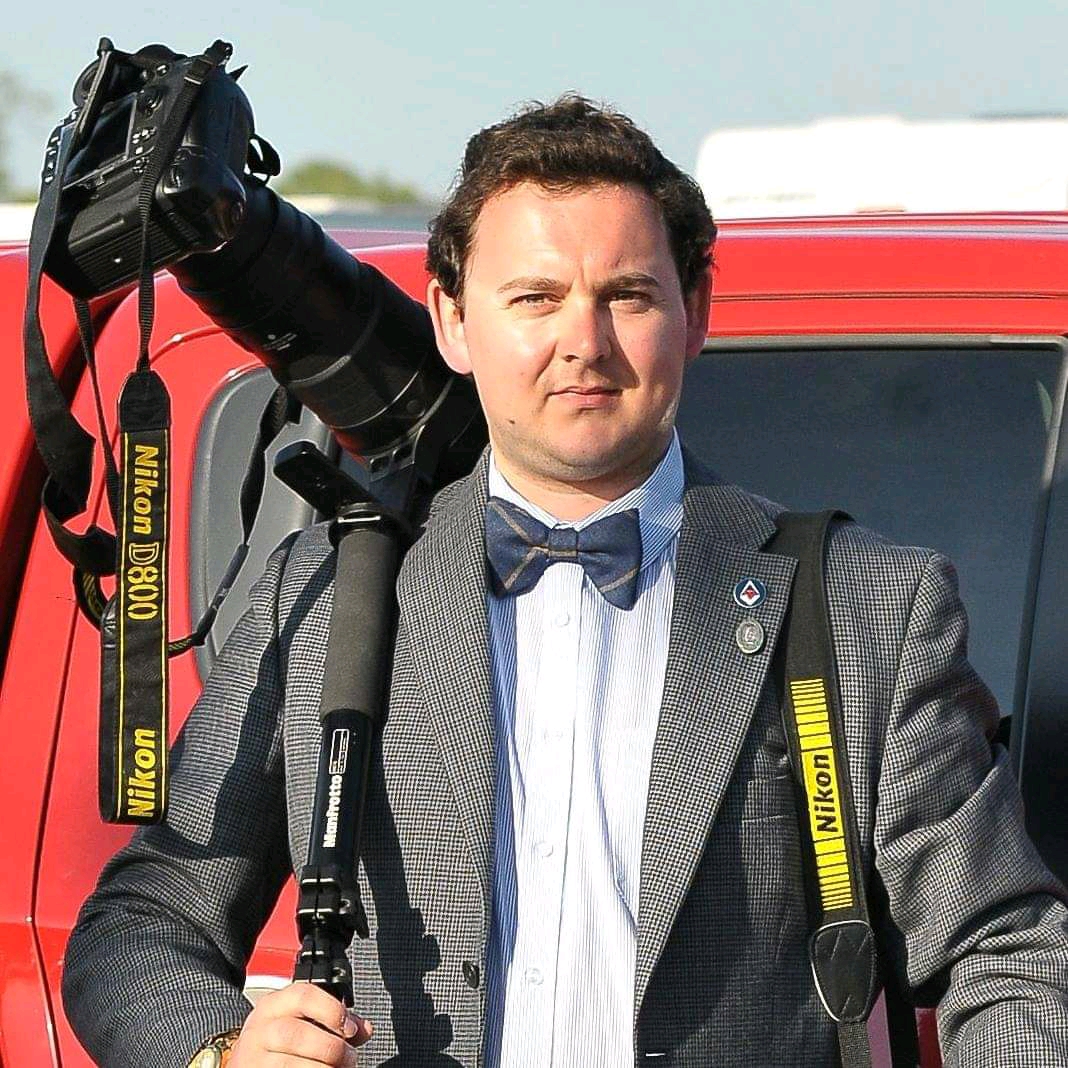
For nearly two decades Sebastian's work has been published internationally. Originally specializing in Equestrianism, his visuals have been used by the leading names in the equestrian industry such as The Fédération Equestre Internationale (FEI), The Jockey Club, Horse & Hound, and many more for various advertising campaigns, books, and pre/post-event highlights.
He is a Fellow of the Royal Society of Arts, holds a Foundation Degree in Equitation Science, and holds a Master of Arts in Publishing. He is a member of Nikon NPS and has been a Nikon user since his film days using a Nikon F5. He saw the digital transition with Nikon's D series cameras and is still, to this day, the youngest member to be elected into BEWA, the British Equestrian Writers' Association.
He is familiar with and shows great interest in 35mm, medium, and large-format photography, using products by Leica, Phase One, Hasselblad, Alpa, and Sinar. Sebastian has also used many cinema cameras from Sony, RED, ARRI, and everything in between. He now spends his spare time using his trusted Leica M-E or Leica M2, shooting Street/Documentary photography as he sees it, usually in Black and White.
